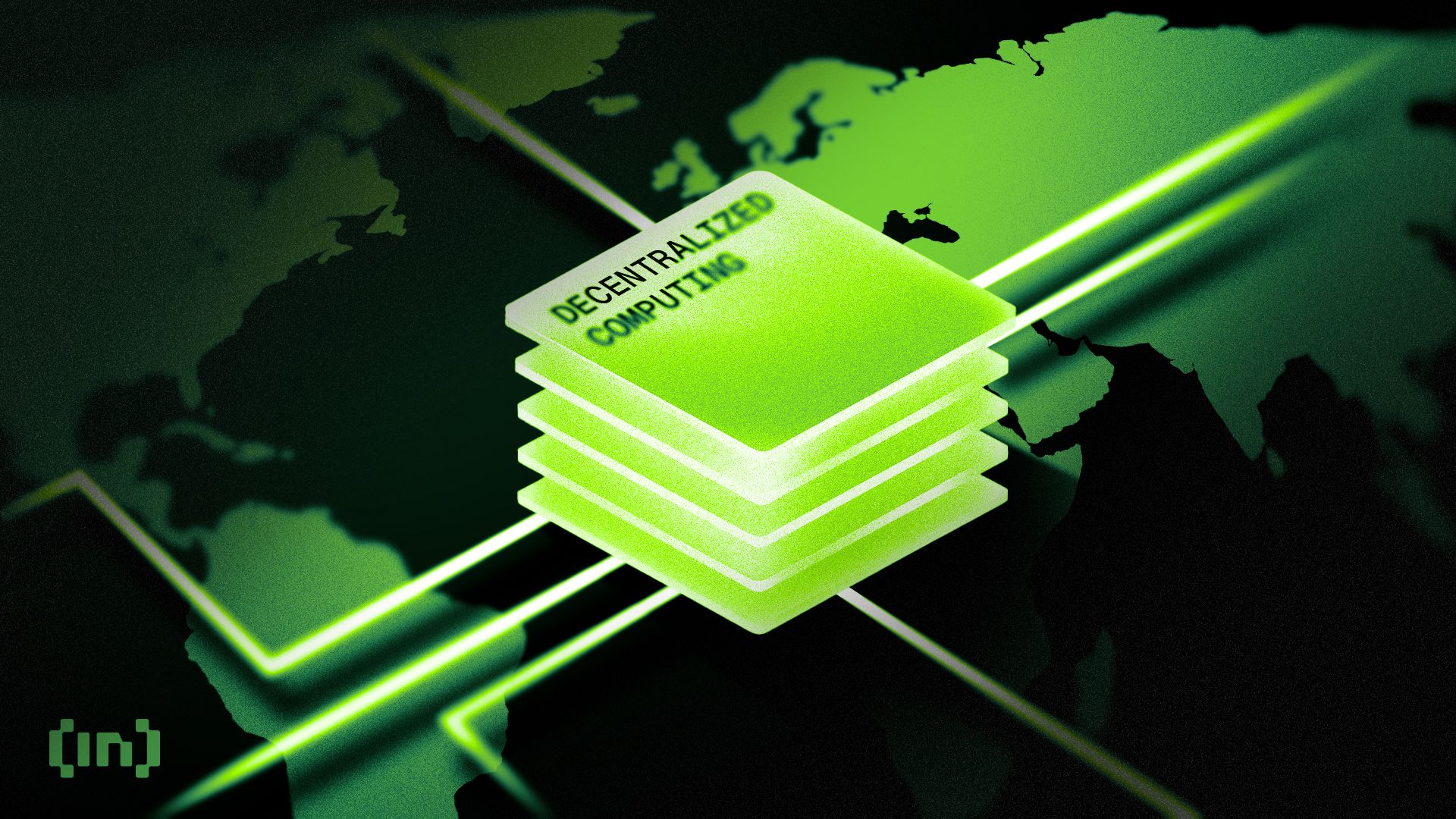A recent outage at Amazon Web Services (AWS) froze thousands of applications and reignited the debate over web3’s reliance on centralized cloud providers.
This disruption revealed how deeply crypto platforms depend on Web2 infrastructure for systems intended to operate without interruption.
How central disruption paralyzed decentralized systems
On October 20, 2025, the AWS US-EAST-1 region went dark for approximately three hours due to a DNS error in the DynamoDB service, freezing thousands of applications worldwide. The outage, which began around 07:55 UTC and was resolved by 09:35 UTC, was caused by an underlying software flaw that created an empty DNS record, requiring manual intervention to fix.
AWS outage Triggered a chain reactionAnd disrupting big tech platforms like Lyft, Peloton, and Roblox. The cryptocurrency and web3 industry has also seen widespread disruption. Coinbase Advanced, a major trading platform, has halted operations entirely, leaving users locked out of their accounts and unable to execute trades.
Base, Coinbase’s Ethereum Layer-2 blockchain has seen a severe slowdown, with transaction throughput falling dramatically as AWS-hosted infrastructure fails. Other ecosystems were not spared: Solana saw intermittent node failures, Ethereum decentralized applications (dApps) faced API disruptions, and Polygon reported partial outages in its scaling solutions.
The event raised questions about blockchain technology’s fundamental promise of creating applications that can operate continuously without relying on any single server, company, or government. The failure revealed how single points of failure continue to jeopardize web3’s vision of unstoppable applications.
“The recent AWS outage is a reminder that web3’s promise of decentralization cannot be relied upon on a centralized backbone,” said Evgeny Ponomarev, co-founder of Fluence. “Every outage like AWS shows the cost of centralization, not only in downtime but also in trust.”
Decentralized computing shows promise amid technical hurdles
Decentralized Physical Infrastructure Networks (DePIN) offer a new model for provisioning computing resources. Instead of relying on centralized data centers, DePIN connects a global group of independent service providers through a peer-to-peer marketplace.
Each server contributes compute, storage, or GPU capacity that is verified on-chain for transparency. Control is distributed, not owned, and the system expands organically as new participants join.
This architecture replaces large, single-region data centers with distribution across thousands of independent servers. If one of these servers fails, the workload can be seamlessly migrated to other servers or data centers.
This distributed model also brings a significant cost advantage. By leveraging idle global computing capacity, DePIN providers achieve greater efficiency, often reporting costs of up to 85% lower compared to major hyperscalers. For example, Fluence It is one of several projects developing decentralized computing networks under the DePIN model.
The platform connects certified data center providers that meet common compliance standards, allowing developers to run workloads across distributed CPU and GPU resources instead of relying solely on the central cloud. The Fluence Network currently supports general-purpose computing through virtual CPUs and GPU-based processing for AI and high-performance tasks.
According to company data, it runs about 11,000 vCPUs and 70TB of memory across nine providers. Clients using the network include Antier Solutions, NEO Foundation and Nodes.Garden.
Other DePIN projects such as Akash Network, Aethir, and io.net follow similar approaches to distributed infrastructure, covering cloud markets and large-scale GPU clustering. Together, these efforts reflect an emerging shift toward a more diverse computing layer for Web 3.
Currently, DePIN is working to reimagine physical infrastructure, including communications and transportation networks, energy grids, and more. As stated in the recent a16z State of Crypto 2025 ReportThe World Economic Forum expects the DePIN category to grow to $3.5 trillion by 2028.
While DePIN can’t yet match the direct global scale of hyperscalers, its open source foundations make it more adaptable. By building on open standards, workloads can move across multiple providers with minimal friction. Developers get true portability instead of being locked into a single vendor’s API or billing model.
In practice, such as decentralized networks Fluinke They really demonstrate how open source infrastructure can connect independent providers into a single interoperable fabric that behaves like the cloud, yet remains fully portable and transparent.
Yevgeny explained:
“The goal is not to replace AWS overnight, but to make migration simple and choice realistic,” said Evgeny Ponomarev, co-founder of Fluence. “When computing runs on open protocols across multiple providers, outages stop being systemic failures. They become local events that the network can absorb.”
This open, shared cloud model between providers provides a path to flexibility that centralized architectures cannot match. As DePIN matures, it may redefine the baseline for reliability by making the cloud itself open source and the migration process as simple as redeploying the code.





